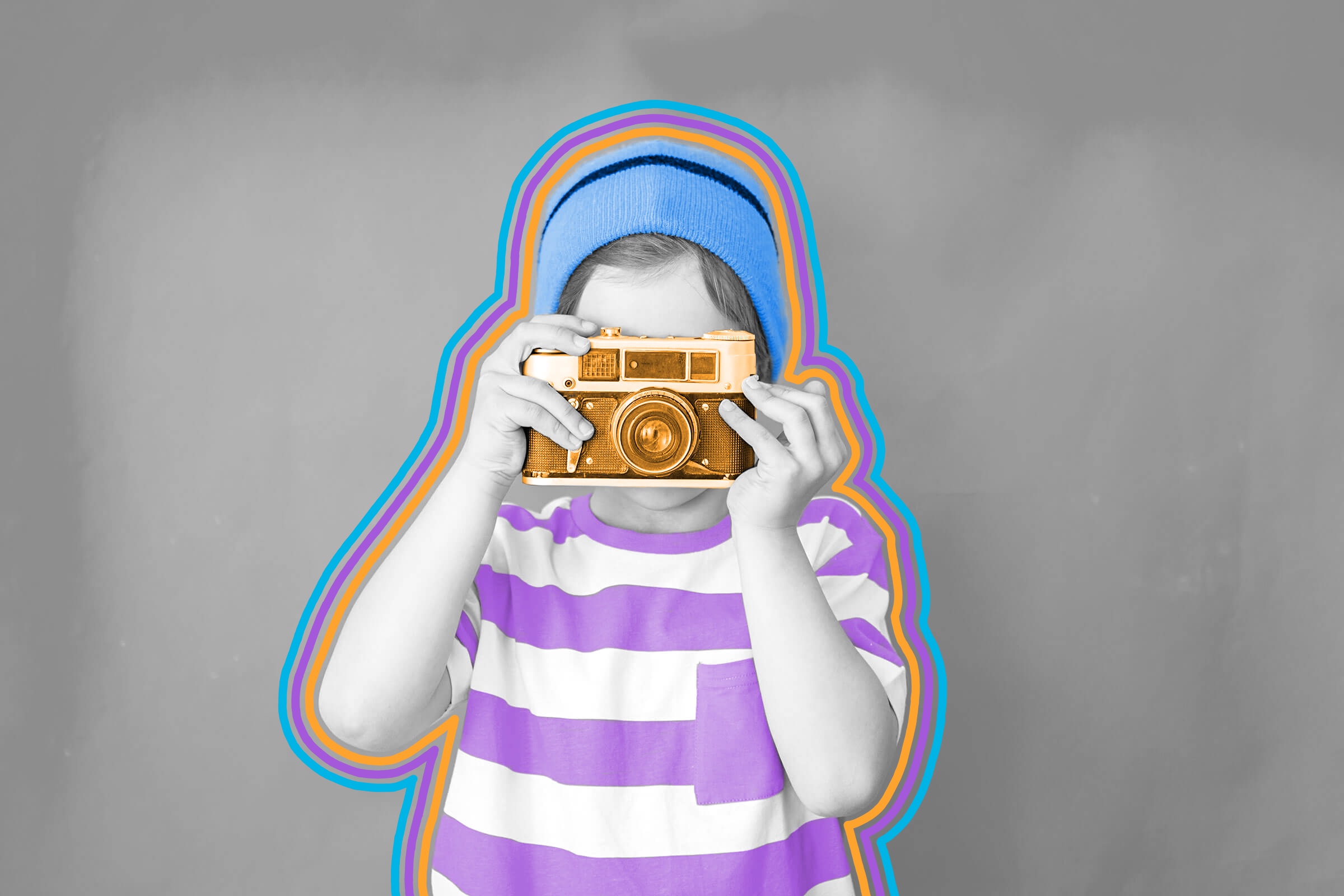
People used to say “prunes” instead of “cheese” while taking a photo.
Photographers have relied on the magic of cheese for decades — just mentioning the word is enough to turn up the corners of our mouths into a picture-perfect grin. But the earliest photographers utilized a different food to help purse their subjects’ puckers: prunes. According to Christina Kotchemidova, a communications professor and researcher, British photography studios of the past encouraged people to say “prunes” in an effort to tighten their lips, a look that was more socially preferable than a wide smile.
Most 19th- and early 20th-century photos show subjects with a solemn expression, a look that’s often attributed to the long exposure times of early cameras; holding a neutral expression for several minutes was easier than maintaining a smile. But social norms also played a big role — stern faces remained popular even after photo technology had improved well enough to easily capture smiles by the late 1800s, and some historians say that smiling was once considered improper. Beauty standards of the time called for mouths to have a subdued appearance; Kotchemidova’s research suggests people were expected to have “carefully controlled” mouths with small pouts.
According to one study of nearly 38,000 high school yearbook photos from the 1900s to the 2010s, smiling in photos became more popular by the mid-20th century. Some historians believe the switch was influenced by two factors: dental care and home photography. Without widespread access to dental care, missing or rotten teeth were common, a detail many wouldn’t have wanted featured in their portrait. Dentistry became a more established field in the early 1900s, the same time period when Kodak was marketing its amateur cameras as a way to capture life’s happier, spontaneous moments — smiles included.
Documenting humankind’s voyage into space has required astronauts to cart cameras outside Earth’s atmosphere, but they haven’t always returned. Cameras used during many of the Apollo missions are still on the moon five decades later, including one used by Neil Armstrong during the first moonwalk. Between 1961 and 1972, NASA crews prepared and sent into space bare-bones cameras, stripped down for efficiency and to reduce user error, but weight requirements for returning to Earth meant astronauts kept only the film, ditching the cameras to make room for moon rocks and other space samples. In 1969, NASA announced that its moon garbage heaps — which would eventually include 12 cameras — totaled about $1 million in abandoned equipment (about $8.1 million today). However, the film brought back to Earth from the Apollo missions captured 18,000 of our first glimpses into space.

